Director
Jordi Cipriano
CIMNE’s Innovation Unit in Energy, Building, and the Environment (BEE Group) pioneers digital and sustainable solutions for buildings and cities, leveraging big and open data, AI, and smart tech to boost energy efficiency and bridge research with real-world impact.

At BEEGroup, we develop and research open solutions based on artificial intelligence, big data, and predictive models. These solutions support cities, buildings, and rural communities in their transition towards sustainability.
Our goal is to promote more efficient, fair and adaptive energy management in buildings, improving accuracy, responsiveness and predictive control. We make buildings smarter, aligning the construction sector and energy sectors with the real needs of people and the planet.
Our solutions are built on BEEMIND, a digital ecosystem that integrates, harmonises and transforms data into actionable knowledge to:
• Reduce energy costs.
• Improve climate resilience.
• Democratise access to technology.
• Promote positive social and environmental impact.
We believe that sharing our technology is essential for achieving the Sustainable Development Goals (SDGs) and a better future for all. Our solutions are innovative, open, and replicable, and are geared towards having a positive social and environmental impact.
This enables us to avoid reliance on major technology companies, thereby promoting local ecosystems and ensuring transparency and self-sufficiency for public administrations and businesses.
BEE News, our montly newsletter
I confirm that I have read and accept CIMNE’s Privacy Policy. I explicitly consent to the processing and storage of my name, email, and other contact details for the sole purpose of receiving BEE Group’s newsletters and other relevant communications about its activities. I understand that I have the right to withdraw my consent at any time.
Contact
Terrassa
GAIA Building (TR14) Campus Terrassa
Rbla. Sant Nebridi, 22
08222 Terrassa (Barcelona)
Tel: +34 937 398 987
info.beegroup@cimne.upc.edu
Lleida
Turó de Gardeny, s/n,
Edifici H3, Planta 1, Oficina 11
25003 Lleida
Tel: +34 873 99 13 54
info.beegroup@cimne.upc.edu
Management Staff

Jordi Cipriano
Director
Research Staff

Kerin Cardona
Research Engineer

Jaime Martí H.
Research Professor

Pablo Moreno (UPC)
Research Staff

Stoyan Danov
Staff Scientist

Andreu Marí
Research Professor
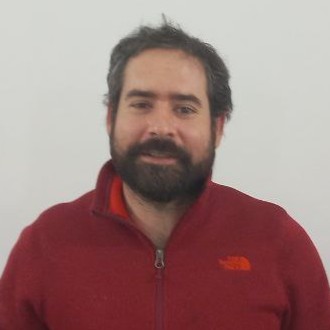
Eloi Gabaldon
Innovation Leader

Jordi Carbonell
Research Engineer

Arian R. Huapaya
Research Staff
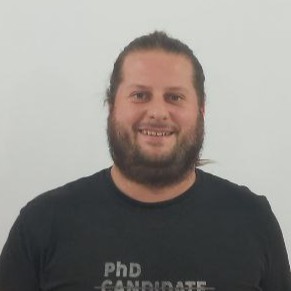
Gerard Laguna
Associate Research Professor

Gerard Mor
Research Staff

Núria Salvador
Innovation Developer

Daniel Pérez
Innovation Leader
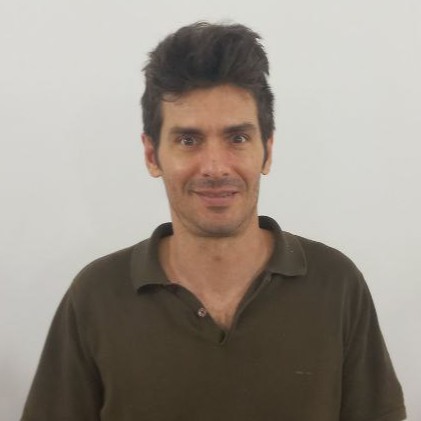
Josep Mayós
Research Engineer

Jaime Asensio (UPC)
Innovation Developer

Mª Teresa Sellart
Research Engineer
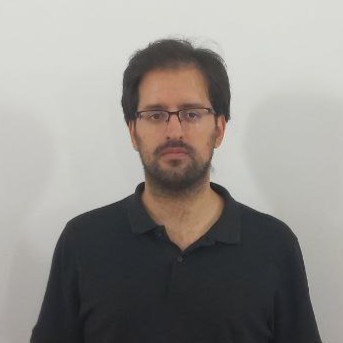
Jaime Tarrassó (UPC)
Research Staff
Students

José Manuel Broto
PhD Student

Marc Girona
PhD Student

Blai Gabaldón
Undergraduate Student

Anaïs Garrofé
Undergraduate Student

David Blanco
Undergraduate Student
Collaborators

Alvaro Luna
UPC & Staff Scientist

Xavier Cipriano
Senior Researcher
Ongoing projects
Finished projects
Search
BEE Group drives technology transfer by transforming research into real-world energy and environmental solutions, creating spin-offs and tools that deliver measurable social and economic impact.
Working closely with CIMNE’s Technology Transfer and Innovation unit, BEE Group ensures that research outcomes are protected, valorized, and commercialized, supporting the creation of new ventures and fostering collaborations with global researchers, organizations and users.
This joint effort guarantees that innovation reaches the market, creating real value for communities, industry, and society, while supporting CIMNE’s broader mission of innovative research for societal and environmental benefit.
Technologies

Open-Source Big Data Architecture for Smart Cities and Buildings
ENMA is an open-source big data architecture by CIMNE that stores, manages, and analyzes massive amounts of energy and urban data. Currently deployed in Barcelona serving 10,000+ buildings, it enables real-time data collection, AI-powered analytics, and semantic harmonization to drive energy efficiency and actionable decisions for real-time savings.
Visit website
Would you like to collaborate or start a new project?
Contact us
The BEE Group leverages decades of expertise in research, innovation, and technology transfer in green energy to deliver cutting-edge, open-source solutions specifically designed for communities and public authorities.

BEE Mind
Maximizing Efficiency and Savings in Public Buildings
BEEMind is a comprehensive digital environment where artificial intelligence (AI) helps address current climate and energy challenges. More than a centralised data repository, BEEMind is a solution for digitalizing heterogeneous data of different natures to analyse, plan, and optimise the energy and environmental behaviour of buildings and cities.
As a one-stop platform, BEEMind empowers municipalities, organizations and communities to achieve more efficient energy management based on real data and key insights. This spearheads progress toward zero-emission cities and buildings.
BEEMind is based on an open-source platform, offering a flexible structure by delivering two specialized solutions:
-
- MindCity, for municipalities and local governments: enables visualization of climate vulnerability maps, identification of solar installation opportunities, and informed decision-making in energy rehabilitation.
- MindOpera, for intelligent building management: helps control energy consumption, anticipate failures, and improve maintenance throuhg data integration and automated analysis.
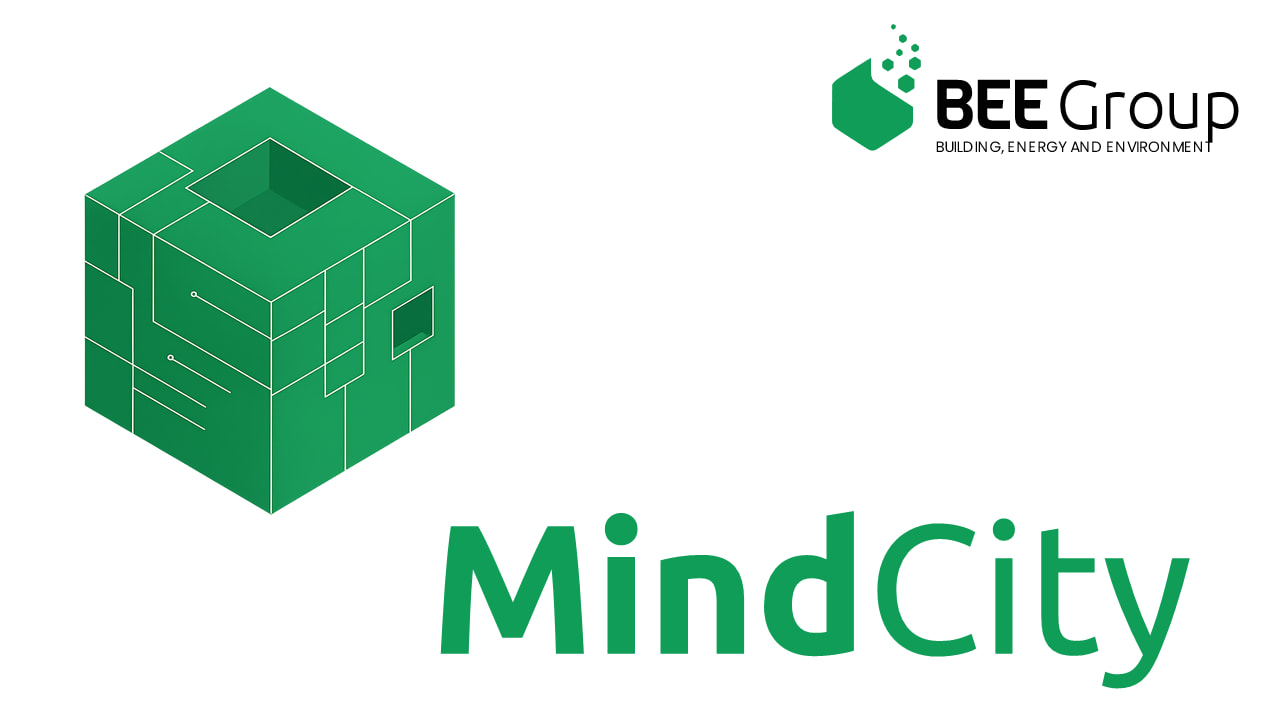
MindCity
MindCity is a digital tool tailored for city councils, local consortia and public administrations that need to take informed strategic decision on energy, building rehabilitation, and climate resilience.
The MindCity solution allows for seamless integration and visualization of urban and social data filtered by territory, building or area, which facilitates global climate action.
Local and business leaders can use MindCity as a one-stop management tool for public or private buildings, developing efficient actions for decarbonizing critical infrastructure.
Who is this for?
-
- Regional governments
- Supramunicipal administration and consortia
- Digital and energy promotion networks and entities
- Town and city governments
- Community transformation offices
- Technical teams of medium and small city councils
Why MindCity?
Public climate policies require integrated, reliable and easily visualisable data. Mind City digitises and harmonises energy and territorial information to facilitate strategic decision-making with a direct impact on sustainability and efficiency.
What does it offer?
Massive data integration
-
- Collection of energy consumption, sensor, equipment and public source data (DEXMA, Modbus, BACnet, meteorology, etc.).
Territorialised visualisation
-
- Clear and interactive dashboards with maps, indicators, scenarios and simulations.
Automated and scalable analysis
-
- Real-time and batch logical processes with an architecture based on microservices and technologies such as Kubernetes, Kafka and Neo4j.
Grant justification
-
- Helps to identify objectives, justify actions and demonstrate impact when applying for public funds.
Use cases
Vulnerability Map: Detect vulnerable areas with solar and thermal radiation.
Energy Rehabilitation of Buildings: Identify and prioritize buildings with the greatest needs throughout the city.
Vegetation Index: Define and plan green areas for more climate-resilient cities.
Technology
-
- Data harmonization with sectoral ontologies (SAREF, BIGG…)
- Specialized databases:
Neo4j for institutional relationships and geolocation
HBase for raw data
InfluxDB for time series
-
- Intelligent processing:
Outlier detection
Rehabilitation and photovoltaic scenarios with AI
Generation of KPIs (avoided CO₂, PR, self-consumption, equivalent households…)
Open Source for Public Administration
-
- Scalability and interoperability
- Deployment in Kubernetes with modular architecture
- Compatible with open standards and data export in georeferenced formats
- Designed for progressive, flexible and replicable adoption
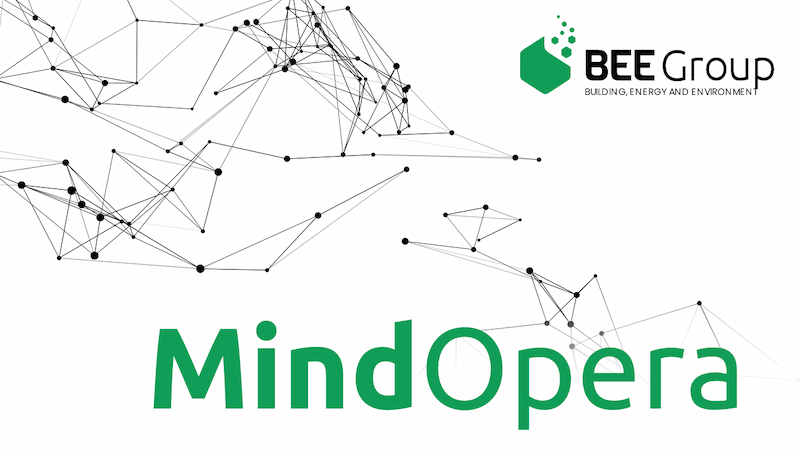
MindOpera
MindOpera is a modular platform designed for public and private building managers, supporting multiple data sources and operating systems. It harmonises, integrates and analyses consumption, maintenance and generation data in real time, using artificial intelligence models to optimise operations and anticipate incidents.
Who is This For?
Public Administration and Institutions
-
- Teams dedicated to heritage, energy and infrastructure maintenance
- Medium and large city councils, especially those looking to transition to smart buildings
- Local consortia, provincial councils and supramunicipal entities with centralised services.
Critical Infrastructures and Public Facilities
-
- Hospitals and health centres
- Universities and educational centres
- Cultural, sports, and administrative facilities
Private sector with a portfolio of buildings
-
- Maintenance companies and energy services
- Business park or industrial estate managers
- Administrators of properties and office buildings
Why MindOpera
-
- Reduces supervision time and human errors
- Improves service continuity and anticipation of failures
- Optimises energy efficiency at portfolio scale
- Offers interoperable communication with existing management systems
What Does it Offer?
-
- Real-time data ingestion via industrial protocols such as Modbus, BACnet and SCADA.
- Integration with platforms such as DEXMA and CMMS systems.
- Automatic harmonisation and generation of operational indicators (self-consumption, PR, CO₂…).
- Predictive maintenance and anomaly detection
- Visualisations adapted to each infrastructure and building portfolio
Use Cases
-
- Infraestructures.cat data orchestrator for over 10,000 buildings
- SIME-ICAEN system: monitoring of energy savings of the Government of Cataloni
- Aggregated supervision by maintenance companies and public consortiaCIMNE was honoured with the 2010 AINE Award in recognition of its innovation in the naval sector. The award is promoted by the Spanish Association of Naval Engineers (Asociación de Ingenieros Navales de España), AINE.
Technology
Mind Opera is based on a modular cloud architecture that combines orchestration with Kubernetes and real-time data ingestion with Kafka, as well as specialised databases such as HBase, InfluxDB and Neo4j. This infrastructure enables data from multiple systems (BMS, SCADA, sensors, etc.) to be integrated and harmonised, while artificial intelligence (AI) is applied for predictive maintenance, anomaly detection and the generation of operational indicators. This framework offers both high scalability and interoperability.
Open Source for Public Administration
The International Centre for Numerical Methods in Engineering was accredited as a ‘Severo Ochoa Centre of Excellence’ by the Spanish State Research Agency (attached to the Spanish Ministry of Science, Innovation and Universities) for the period 2019–2023.
Related news
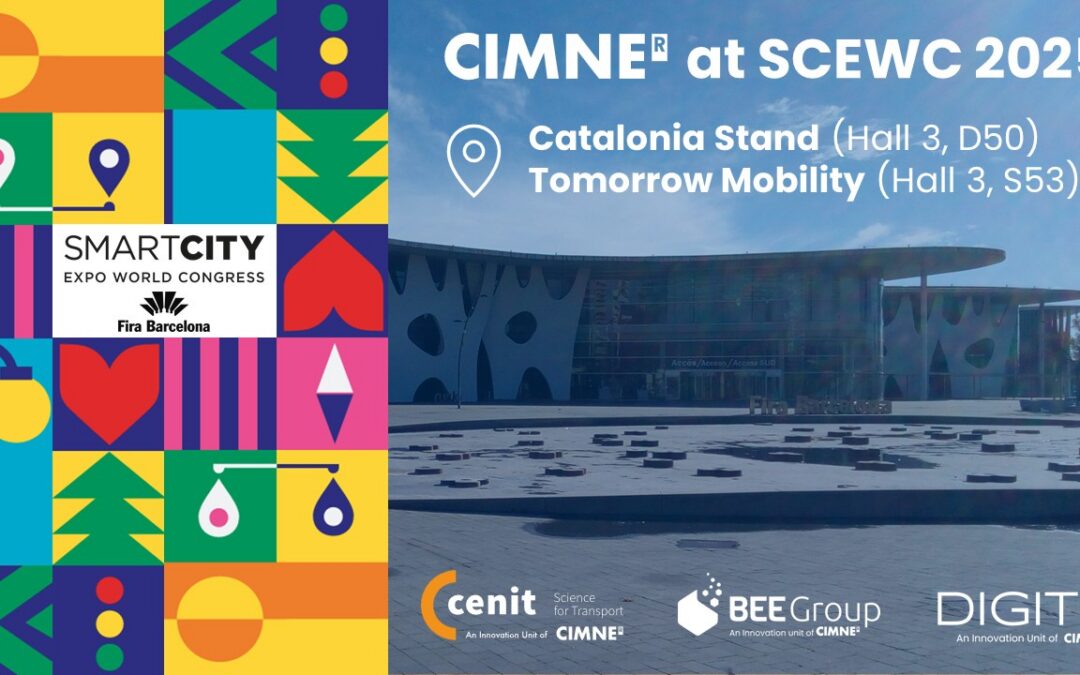
CIMNE at the Smart City Expo 2025: Innovation for Sustainable Cities
November 4-6, 2025 | Fira Gran Via, Barcelona CIMNE's Stand: Hall 3, D50 Tomorrow Mobility: Hall 3, S53 The International Centre for Numerical Methods in Engineering (CIMNE) features innovative simulation and smart solutions in this year's edition of the Smart City...
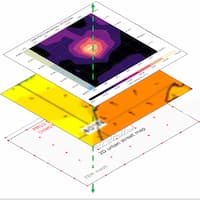
CIMNE showcases advanced prediction models for digital twin of the Earth
CIMNE researchers last week presented two use cases for monitoring air quality in Barcelona and predict energy consumption in extreme climate events in Catalonia, both implemented on the “Data Lake” of Destination Earth, an ambitious European endeavour to...










